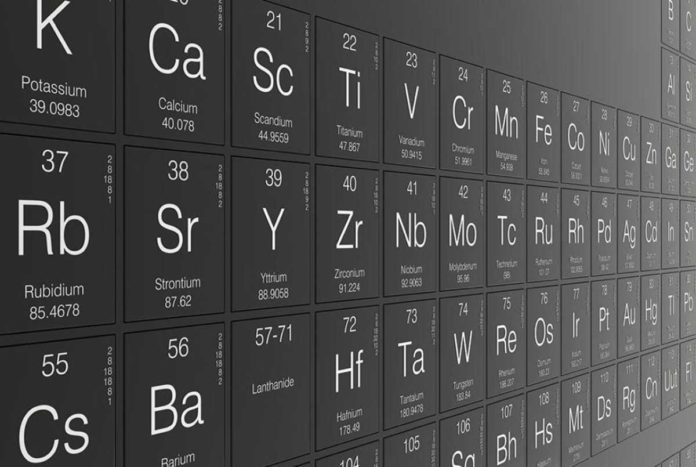Researchers at the McGill University have shown that it is possible to develop strong, stable attractions between some of the heavier elements in the periodic table. Their study provides the first ever evidence that heavy, large atoms of an increasingly metallic nature such as arsenic or even antimony – can be used to create new materials called cocrystals by using halogen bonds.
But there are two things to be noted: Hydrogen is not involved in these elements. And The elements should be water and humidity resistant.
McGill chemistry Professor Tomislav Friščić said, “Quite apart from the potential practical applications of this discovery, it is a big advance in fundamental chemistry. For the first time, researchers have demonstrated molecular recognition events including only heavier elements located in the 4th and 5th periods.”
“This is significantly deeper in the periodic table that has been seen until now. It is a very exciting time to be a chemist – it’s as though we were explorers moving closer to the South Pole of the periodic table – and who knows what we will find there.”
The study was conducted in collaboration with scientists from Canada, Croatia, and the UK who continue to work in the area. They are further planning to include bismuth, the heaviest element that can be considered stable, in this type of material design.
The study is published in the journal Nature Communications.
